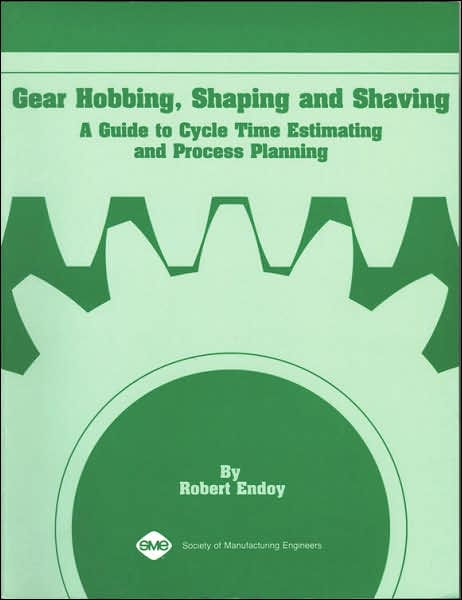Description
This document gives reasons for doing inspections of air handling systems, provides outlines that can be used to organize and conduct inspections, and sets forth checklists that call attention to the basic features of ductwork and items placed in duct systems.It presumes that SMACNA’s construction standards are used as the basis of compliance, whether they are explicitly invoked in contract documents or in codes. No attempt is made to segregate designer’s inspection obligations from those of code officials.
It is primarily prepared for commercial HVAC systems; however, similar principleswould apply for residential or industrial work inspection. Furthermore, it assumes that prescription specifications apply rather than performance specifications. Performance specifications typically call for HVAC systems to maintain control of the environmentalwithin certain tolerances. Whether the duct system has the specified airflowrate, maintains air temperature, humidity, degree of cleanliness, etc., or whether it controls room air motion and pressure differentials in relation to adjacent spaces are separate matters of design and testing and balancing that are already dealtwith in numerous handbooks and standards. An overview of the functions of duct systems is given in Appendix A.
Content:-
FOREWORD
FORMER TASK FORCE MEMBERS AND OTHER CONTRIBUTORS
NOTICE TO USERS OF THIS PUBLICATION
TABLE OF CONTENTS
CHAPTER 1: SCOPE
CHAPTER 2: COMPLIANCE AND QUALITY CONTROL
APPENDIX A. FUNCTIONS OF DUCTED AIR HANDLING SYSTEMS
APPENDIX B. DUCT CONSTRUCTION MATERIALS
APPENDIX C. HVAC DUCT CONSTRUCTION STANDARDS
APPENDIX D. FIRE, SMOKE, AND RADIATION DAMPER GUIDE
APPENDIX E. FIBROUS GLASS DUCT CONSTRUCTION
You May Also Like These E-Books:-






No comments:
Post a Comment